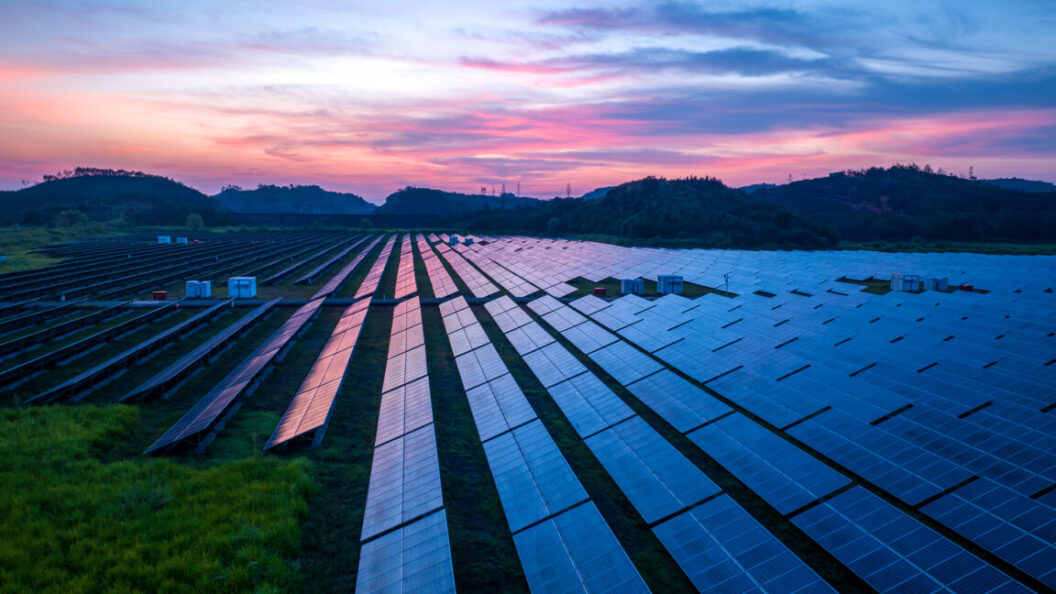Solar Production Soars Amid Policy Uncertainty
As the United States strides further into the renewable energy landscape, solar production is poised for significant growth, according to the latest analysis by the Energy Information Administration (EIA). The agency reports that 2024 saw an unprecedented installation of 37 gigawatts (GW) of new solar capacity. This surge represents a pivotal moment in America’s energy transition, promising enhanced power generation capabilities for the future.
Record Solar Installations
The recent boom in solar installations is anticipated to culminate in increased output next year, as many systems came online late in the year. The EIA projects an addition of over 20 GW of solar capacity in both 2025 and 2026, bolstered by accompanying growth in wind energy that may push total renewable capacity gains above 30 GW annually.
This substantial capacity increase not only reflects improvements in technology and infrastructure but also indicates a sustained public and private commitment to renewable energy. As more solar installations come online, the US will likely witness a diverse energy landscape that balances the demands of a growing economy with the imperative for cleaner energy sources.
Dynamics of Demand and Supply
The EIA suggests that while energy demand is expected to grow, it will do so at a slower pace than seen in 2024. In addition to increased renewable energy capacity, the EIA forecasts the removal of 15 GW of coal from the energy grid over the next two years. This shift away from fossil fuels could significantly alter the dynamics of the US energy market, fostering a less carbon-intensive grid configuration.
Despite these optimistic projections, the road ahead is not without challenges. The interplay between renewable energy growth and coal removal underscores a dynamic grid landscape, which may face distinct uncertainties and pressures.
Policy Environment and Challenges
Compounding the complexities in the renewable energy sector are recent executive orders issued by the Trump administration. These directives include definitions of "energy" that exclude wind and solar, an end to offshore wind leasing, and a reevaluation of allocations for energy-focused funding under the Biden administration.
This regulatory environment creates a clash between state-level renewable mandates and federal policies that aim to limit clean energy expansion. States that have committed to increased renewable energy utilization may find their ambitions stymied by federal permit challenges. The existing infrastructure permitting processes often involve federal approval, complicating efforts to produce clean energy.
Economic Viability and State Mandates
Despite potential policy setbacks, renewables like wind and solar remain the cheapest forms of electricity generation in many regions of the country. This economic advantage positions them favorably against traditional fossil fuels. Furthermore, numerous states are enacting regulations that mandate a transition toward increased renewable energy usage.
However, regional discrepancies in support for renewable energy complicate the overall picture. Some states are actively seeking to block new renewable power installations, creating a patchwork of energy policy that could hinder national efforts to increase renewable capacity.
Conclusion: The Future of Renewable Energy
The outlook for renewable energy in the United States suggests a rapid transformation characterized by growth in solar and wind energy capacity. Despite facing significant challenges from federal policies and resistance at the state level, the economic viability of renewables continues to drive installations.
As the energy landscape evolves, stakeholders will need to navigate a complex interplay of economic incentives, regulatory hurdles, and state mandates. The transition toward a cleaner energy future is fraught with uncertainty, but the momentum seen in solar production underscores the potential for a more sustainable energy paradigm in the United States. The coming years will be crucial in determining how effectively these challenges can be managed, as the nation seeks to balance energy needs with environmental responsibility.









